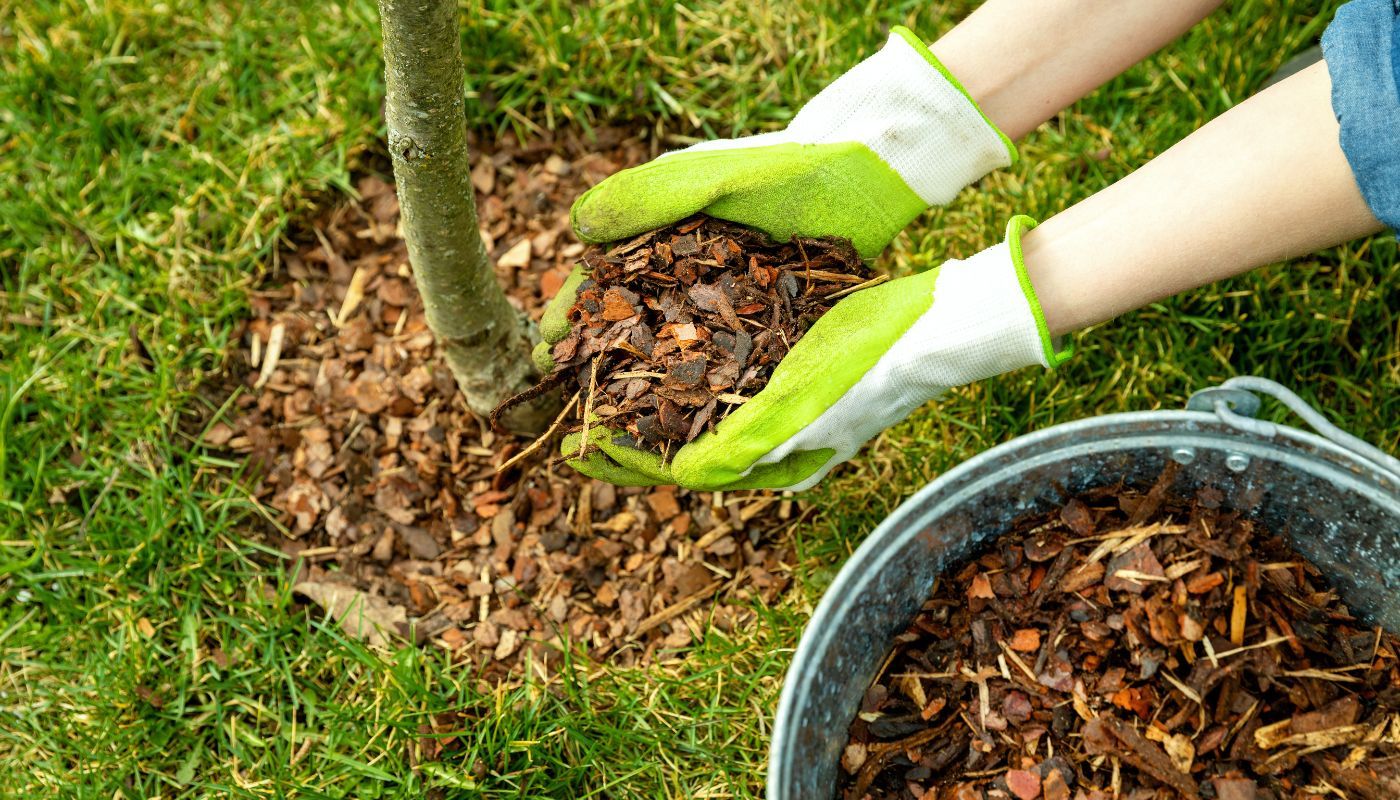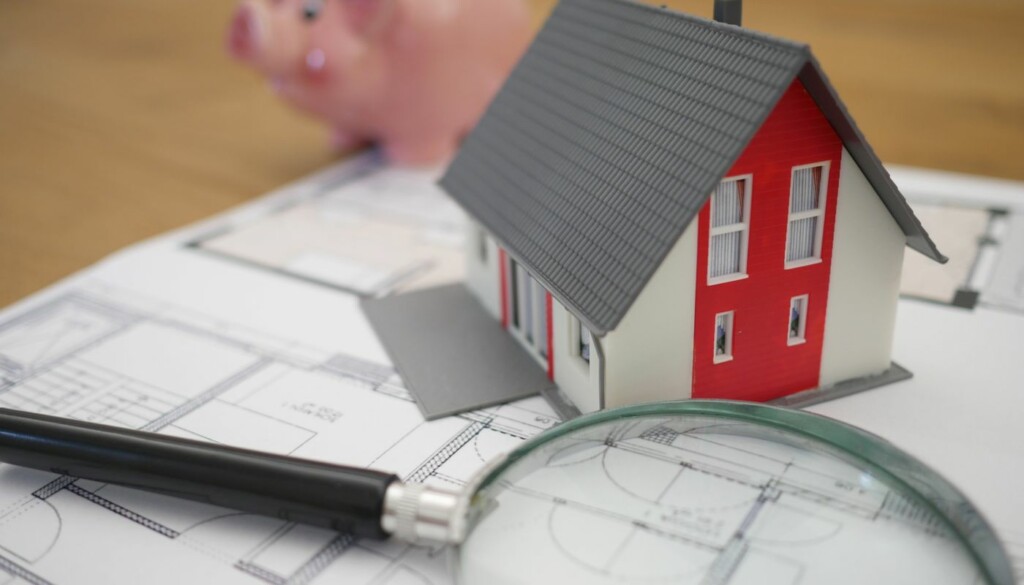LD Total's top tips for maintaining your new garden
Industry News
LD Total's top tips for maintaining your new garden
News

Recent fluctuations in the Australian property market mean that making the choice whether to buy a home or rent has been a significantly tougher decision of late. Over the first half of 2023, national property prices, influenced by factors such as real estate agents’ strategies and national scheme initiatives, increased by 2.3%.
Factors like limited property availability, few new homes listings, and rising interest rates have played a role in a lot of the current market dynamics. Of note is the upcoming reset of fixed-rate mortgages from around 2% currently, to an increased 6% approximately, off the back of the multiple interest rate hikes.
Which is all to say that although things haven’t been looking good since we’ve navigated our way through COVID-19, there’s a light at the end of the tunnel. Which is good news for buyers of any new homes.
With so many different factors at play in the current market, it can be a little tricky to decide whether or not you should become a home buyer in the current market. Access to a national scheme or state incentive can make a world of difference to a first home buyer. Make sure to check the eligibility criteria of any schemes and incentives–Satterley will happily guide you through the complexities of financing your new home.
Let’s take a look at some of the other factors that might entice an eligible buyer to pay for a mortgage as opposed to monthly rent.
Rising Property Prices
The recent data suggests a rising property market. The national median house price as of June 2023 stands at $770,000. With the ongoing low volume of stock available for sale, prices are expected to rise between 2% and 5% by the end of 2023, which means that the sooner you buy, the lower your price is likely to be for this year.
Economic Indicators
Although there have been hikes in the cash rate, the frequency and magnitude of these increases have slowed. The Reserve Bank forecasts a potential easing of interest rates in 2024, meaning we can all breathe a little easier and enjoy this favourable turn for potential buyers. Additionally, the rapid rise of the national population means that housing demand increases as a result.
Ultimately, housing prices will go up too, which is great for those looking to sell. But buyers looking at purchasing, making a deposit or reaching a settlement may wish to do so sooner rather than later.
Rental Market Dynamics
The tightness of the rental market has been well documented, with higher rental rates making investment in residential properties more attractive. The high cost of renting, coupled with the uncertainty and competition in the rental market means that shifting from renting to buying is far more ideal. Especially when you consider that renting is essentially ’dead money’ (that is, money that is invested nowhere else but your landlord’s pocket) as opposed to the investment of a mortgage.

In 2023, Australia witnessed a shift in the housing market dynamics. National property prices increased by 2.3% over the first six months of 2023, reversing the declines from the previous six months. This growth was attributed to factors such as increased sales volumes and a limited supply of properties available for sale.
Regions like Adelaide and Perth, along with regional WA, are currently at record highs in home prices. In contrast, cities like Hobart, Canberra, and Melbourne are still recovering from their previous highs. The affordability of housing varies across regions, with some areas offering more value for money than others.
For instance, while Sydney’s inner-city units have seen a surge in demand, regions like Mandurah in Perth continue to offer affordable housing options. The dynamics of affordability are influenced by various factors, including employment opportunities in sectors like mining and construction in more rural areas.
All of these factors can start to get overwhelming for first home buyers. Which is exactly why we’ve broken down some of the positives here:
Landlords are now adjusting to the post-pandemic economic landscape, and as a result, there have been significant shifts in the rental market. The Real Estate Institute of Australia data indicates that both homeowners and renters are being faced with declining affordability, with the proportion of income required to meet rent and mortgage payments having increased.
Weekly rental prices for houses have surged across all capital cities, with notable increases in Perth, Brisbane, and Melbourne. The dynamics for unit rentals are mixed, with cities like Perth and Brisbane seeing increases, while Melbourne experienced a decline, likely due to the loss of international students and migrant workers affecting the CBD rental markets.
Property data highlights that certain areas offer more affordable housing options. For instance, Botanical Estate in Mickleham, north of Melbourne, is among the top regions where buying is more economical than renting. Similarly, Perth’s Lakelands and Parmelia offer significant monthly savings for buyers compared to renters.
In Queensland, the rental market is tight, but there are areas where buyers can achieve substantial monthly savings over renters, such as Smithfield Village, Ripley Valley, and Narangba.
Satterley, Australia’s leading private residential developer, continues to offer masterplanned communities across Western Australia, Queensland, and Victoria, providing potential homeowners with various options to explore. Offering guidance and expert advice, you’ll be able to rest easy knowing that Satterley has helped you finance your new home and invest in your future.